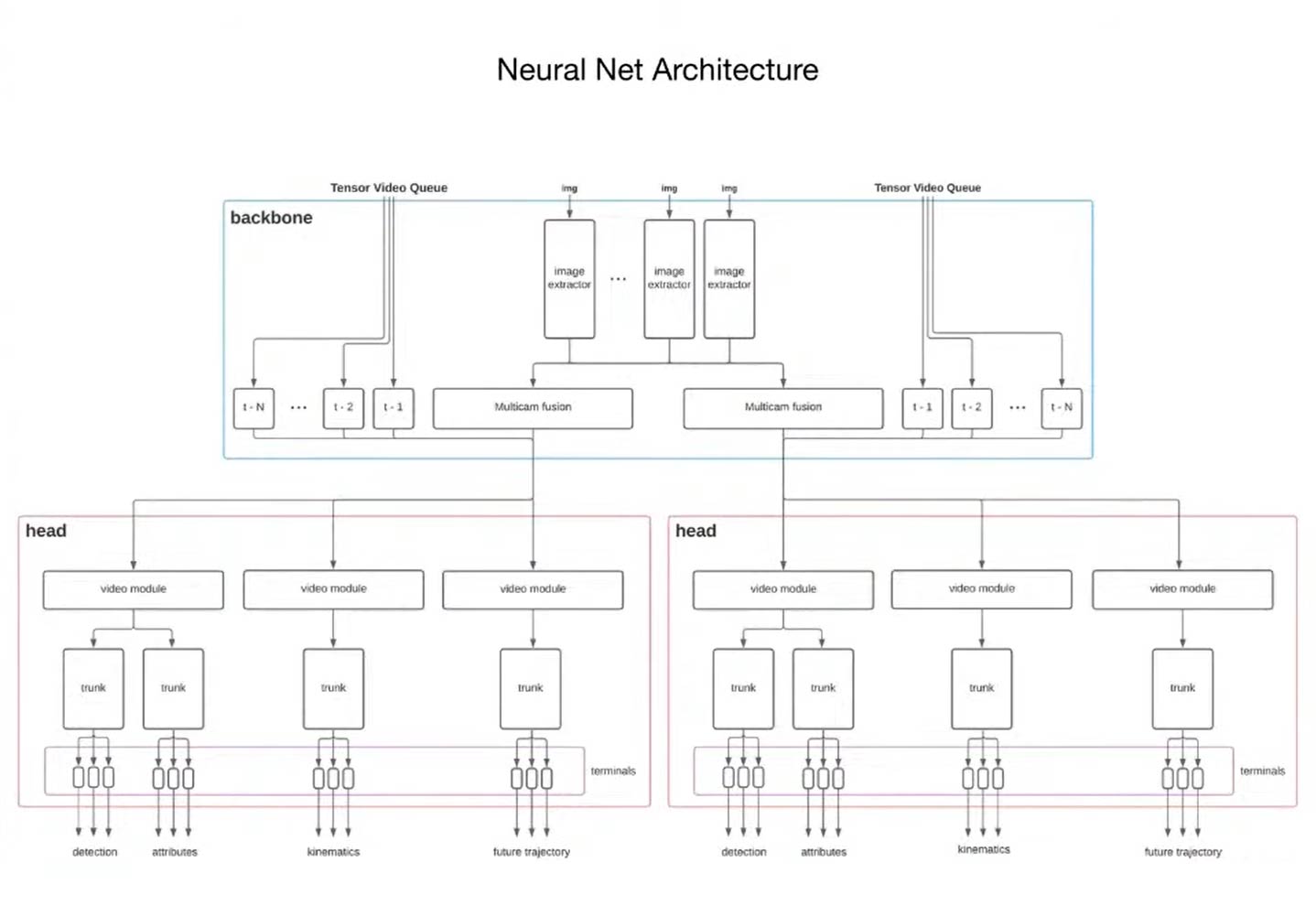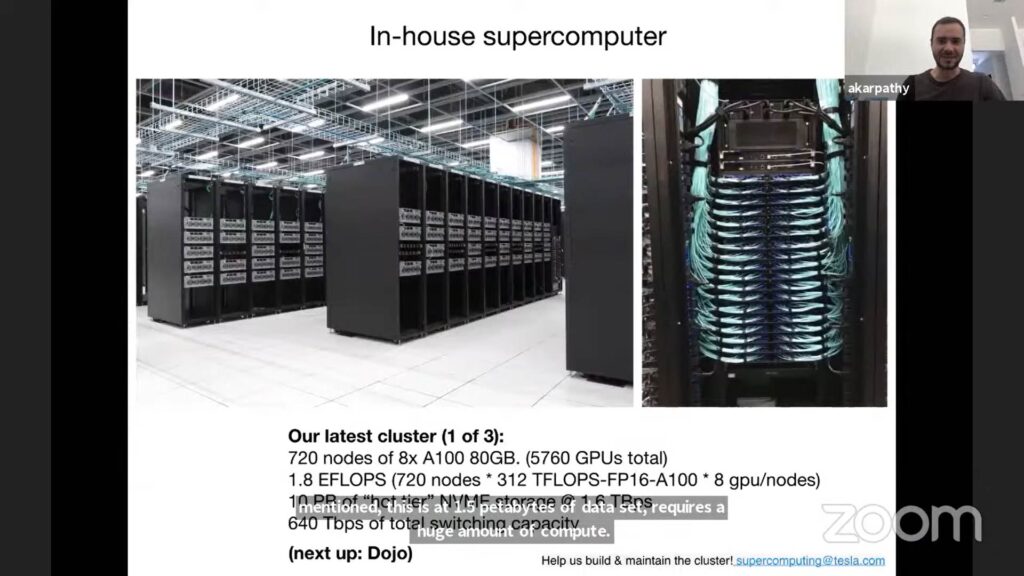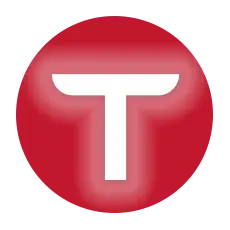Tesla CEO Elon Musk has announced via his Twitter feed that the automaker is going to be holding the awaited Tesla AI Day in a month or so. According to a retail Tesla investor who is personally close to Elon Musk, Tesla will most probably release the public version of the FSD Beta V9 on the same day.
The release of the FSD Beta V9 has been delayed for a few months now despite multiple announcements by Elon Musk that it’s going to be released in another two weeks or so. Full Self-Driving is actually one of the hardest computational problems Elon Musk and his team have ever faced, the reason behind the FSD Beta V9 release.
Since the purpose of this event is to recruit fresh talent who will take the Tesla Full Self-Driving (FSD) software to the next level, the Silicon Valley-based automaker is expected to give a detailed account of its progress on the development of its self-driving artificial intelligence (AI).
Tesla has recently moved to a new approach in the application of Full Self-Driving in its cars, the next versions of Tesla FSD software are just going to be vision-based, the forward-facing radar is now removed from the algorithm.
Tesla was already started abandoning programming logic for Neural Net-based decision-making last year. Now it’s moving ahead with a “pure vision” approach. Andrej Karpathy, Director of AI at Tesla revealed the following workflow diagram (flow chart) of the Tesla Neural Net processing architecture, he was addressing the annual computer vision event CVPR’21 yesterday (video below).

Andrej also disclosed several in-depth details on how Tesla Autopilot vision AI works but the stuff he is talking about is purely technical that his industry peers can better understand. However, he also revealed during his talk that Tesla has added the 3rd cluster to its in-house neural net supercomputer, which makes it now one of the world’s largest supercomputers.
Because there is a huge amount of Autopilot video data to process from around 1.5 million cars globally (8 cameras on each vehicle), Tesla is building this powerful supercomputer to train the Neural Net. According to Karpathy, this is at 1.5 petabytes of data set that requires a huge amount of computing power, the reason for scaling the Tesla neural net supercomputer.
Why Tesla took the vision-based approach
According to Karapathy, the Lidar + HD maps approach is actually very expensive to scale for millions of customers that’s why Tesla has adopted the vision-based approach to Full Self-Driving.
“It’s actually quite unscalable to collect, build, and maintain these high-definition lidar maps, it’s incredibly expensive to keep this infrastructure up to date. So we took the vision-based approach, which of course is much more difficult because you actually have to get in your neural networks that function incredibly well based on the videos,” Andrej said during his live online talk during the CVPR’21 event.

Tesla is scaling up its Autopilot FSD AI software and hardware fast and asking computer science students and interested developers to join the team if they want to be part of the next disruption in the automotive industry, the self-driving cars, and the robotaxis.
IT engineers and programmers interested in the opportunity to work on one of the world’s most powerful and advanced supercomputers can apply for a job by emailing their interest to [email protected].
Back in 2019, Tesla held a similar “Tesla Autonomy Day” where Musk and his software, AI, and hardware team leaders gave insight into the development of the FSD Computer chip and Full Self-Driving AI.
The upcoming Tesla AI Day should be able to get a lot of young and talented people excited to be part of Tesla’s next big move.
Related: How AI and Computer Vision works | Tesla releases FSD Beta V9 at last and it looks way better (release notes, videos)
Stay tuned for more, follow us on: Google News | Flipboard | RSS (Feedly).


